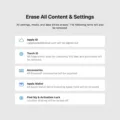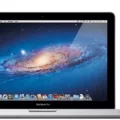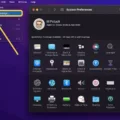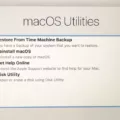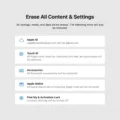Welcome to the Macbook Pro! This laptop is a powerful machine, and perfect for thoe who need to work on the go. It has all the latest features, from a slim design to an intuitive touch bar, ensuring you get the best experience possible. But sometimes you may need to factory reset your Macbook Pro, especially if it’s running Big Sur or an older version of macOS.
The factory reset process for Macbook Pro with Big Sur is relatvely straightforward but requires a few steps. First, you need to shut down your Macbook Pro and start up from macOS recovery. To do this, press and hold Command + R while turning on your Macbook Pro. Once you’re in recovery mode, select Erase Mac from the Recovery Assistant menu in the menu bar and click Erase Mac to confirm your selection.
After erasing your MacBook Pro, all user settings and personal data will be wiped clean. This means that any software or applications you installed after purchasing your device will also be erased. It’s important to back up all important files before attempting a factory reset of your device as they won’t be recoverable after this process is complete.
Once you have backed up all important files, follow these steps to perform a factory reset:
1) From the Apple menu ? in the corner of your screen, choose System Preferences;
2) Select Erase All Content and Settings;
3) Turn on your Mac and immediately press and hold Option + Command + P + R;
4) Release keys after about 20 seconds;
5) Shut down your Mac again;
6) Start up from macOS recovery as describd previously;
7) Select Erase Mac from the Recovery Assistant menu in the menu bar;
8) Click Erase Mac, then click Erase Mac again to confirm;
9) Wait for the process to complete before restarting your computer.
Once completed successfully, you can now start using your device like new again! A factory reset of your MacBook Pro will ensure that it runs smoothly without any technical glitches or security issues that could cause problems later on down the line. We hope this guide helps make life easier when it comes time to resetting your device!
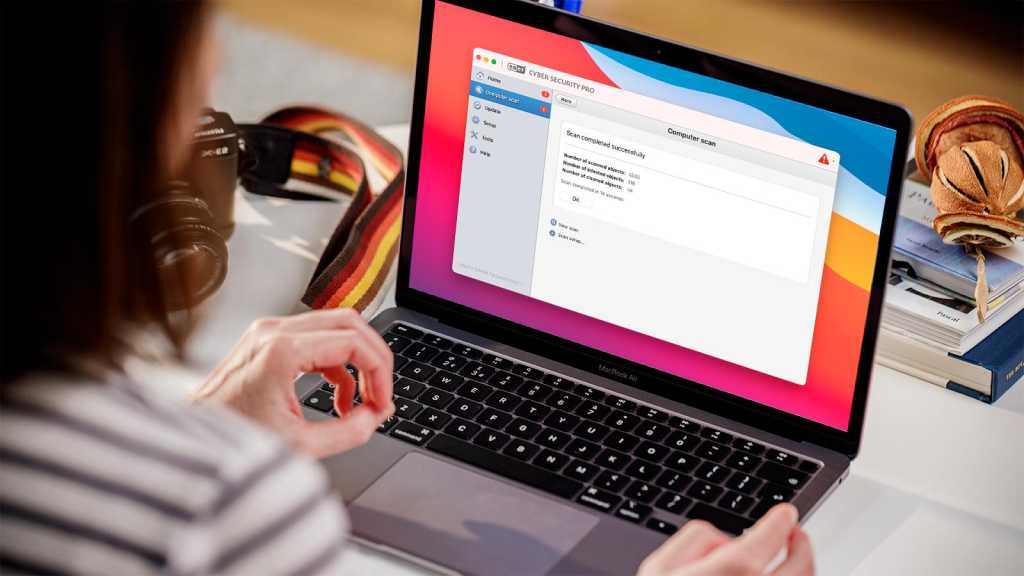
Erasing All Content and Settings on Mac Big Sur
To erase all content and settings on your Mac Big Sur, go to the Apple menu ? in the corner of your screen and choose System Preferences. Then, select Erase All Content and Settings from the System Preferences menu in the menu bar. This will erase all of your data and settings, including system files, user accounts, and applications. Once you’ve confirmed your selection, your Mac will begin to erase its content. When it’s finished, you’ll be presented with a clean slate were you can start fresh with a new setup.
Resetting a Mac Before Selling on Big Sur
If you are selling your Mac running macOS Big Sur, you shold reset it before handing it over to the buyer. To do this, first back up all of your data and settings using Apple’s Time Machine or other backup software. Then, shut down your Mac and turn it back on. Immediately press and hold the Option, Command, P, and R keys together for about 20 seconds. This will start the reset process which will clear all user settings from memory and restore certain security features. Once the progress bar fills up completely, your Mac will have been successfully reset to its factory settings.
Does a Factory Reset Delete Everything on a MacBook Pro?
Yes, a factory reset will delete everything on your MacBook Pro. This includes any files and data you have saved, as well as any installed programs, applications, and settings. A factory reset essentially takes your Mac computer back to its original state when you first turned it on. It is important to remember that this process is irreversible and all of your personal data will be permanently erased, so be sure to make a backup of any important files before proceeding with the factory reset.
Resetting a Mac to Factory Settings When Unable to Log In
If you are unable to log into your Mac, you can reset it to factory settings by starting up from macOS Recovery. To do this, restart your Mac and hold down Command + R until the Apple logo appears. When prompted, select your language and then select the “Utilities” menu from the top of the screen. From here, select “Recovery Assistant” and choose “Erase Mac” from the menu bar. You will then be asked to confirm that you want to erase your Mac; click “Erase Mac” to confirm and your Mac will begin to reset itslf back to its original factory settings.
Understanding Why ‘Erase All Content and Settings’ is Not Available on Macs
The “Erase all Content and Settings” feature is not avalable on the MacBook Pro (Early 2015) because it was released before macOS 10.12 Sierra, which introduced this feature. To reset a Macbook Pro (Early 2015), you must use the Disk Utility to erase the Mac and then reinstall macOS.
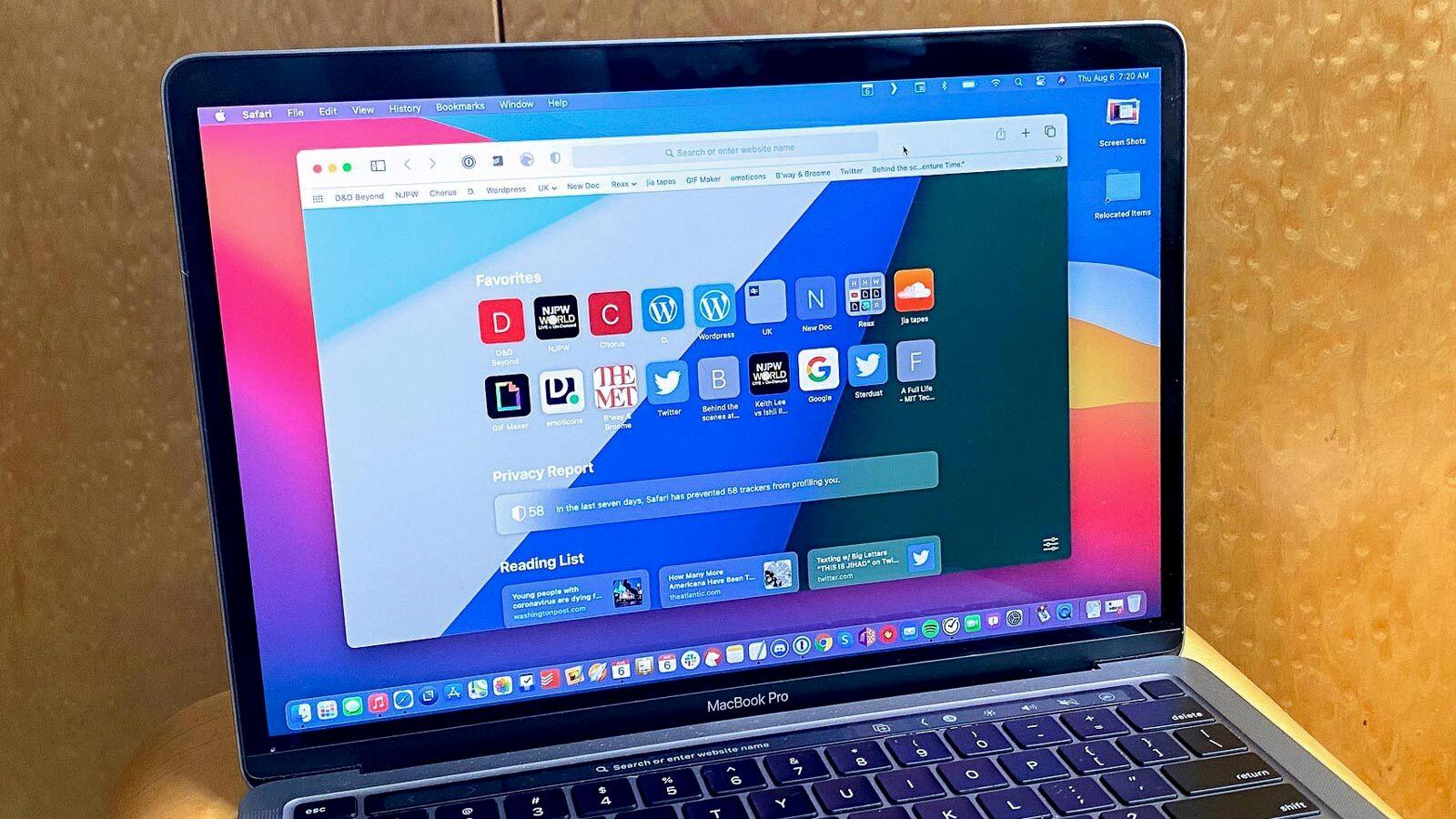
Source: tomsguide.com
Cleaning Installing Mac Big Sur
To do a clean install of Mac Big Sur, you will first need to connect your boot drive. Once the boot drive is connected, start up or restart your Mac while holding down the Option key (also knwn as Alt). This will bring up a list of available drives; select the one containing the version of macOS you want to install.
Next, open Disk Utility and select the boot drive from the sidebar. Click “Erase” at the top of the window and enter a name for your new disk. Choose “Mac OS Extended (Journaled)” from the Format menu, then click Erase.
Once formatting is complete, select “Reinstall macOS” from the list of available drives and follow the on-screen instructions to finish setting up your clean install of Mac Big Sur.
Bypassing the Admin Password on Mac Big Sur
Unfortunately, it is not possibe to bypass the admin password on a Mac Big Sur. The only way to reset the admin password is to use the ‘resetpassword’ command in the Recovery Partition. To do this, you will first need to boot into the Recovery Partition by restarting your Mac and holding down Command + R until you see the Apple logo. At the prompt type ‘resetpassword’ (hit enter) and follow the instructions on the screen. Once you have reset your password, go to the Apple Menu and click Restart to boot back to the normal hard drive and the new password will take effect immediately.
The Benefits of Factory Resetting a Mac
Yes, it is worth factory resetting your Mac if you are looking to get the most out of your computer. A factory reset will wipe any existing data on the computer, reinstall a clean version of macOS, and make sure that no leftover data falls into the wrong hands shoud you decide to give away your old Mac. This will help your computer run faster and smoother, making the most out of its hardware and software capabilities. Additionally, it will ensure that any potential security threats are eliminated and that no personal information remains on the device. Factory resetting your Mac can be a great way to upgrade your system without having to shell out for a new machine.
Does a Factory Reset Delete MacOS?
Yes, a factory reset does delete the MacOS. When you enter Recovery Mode on an Intel-based Mac, it will erase all of your data and reinstall MacOS from the original version that came with your MacBook. This means that any updates or customizations you’ve made will be wiped clean and your Mac will be returned to its factory settings. If you don’t have a backup of your data, make sure to do so beore performing a factory reset.
Restoring a Mac to Factory Settings Without Recovery Mode
In order to restore your Mac to its factory settings withut using Recovery Mode, you need to use Apple’s Erase Assistant. To do this:
1. Start by shutting down your Mac.
2. Press and hold the power button until “Loading startup options” appears on the screen, then select Options and click Continue.
3. Select Erase Assistant from the Startup Manager screen, then follow the on-screen instructions to erase your Mac’s hard drive and reinstall macOS or the version of macOS that came with your Mac.
4. After erasing your Mac, click Reinstall macOS (or Reinstall OS X) from the Utilities window to begin reinstalling the operating system that came with your Mac, or a newer version if available.
5. Follow the on-screen instructions to finish reinstalling your software and settings.
6. Finally, restart your Mac and you should be all set with a freshly restored factory setting!
Unlocking a MacBook Pro Without an Apple ID or Password
If you have set up FileVault on your MacBook Pro, you can reset it using your recovery key. This is the long string of letters and numbers you received when you turned on FileVault and chose to create a recovery key intead of allowing your iCloud account (Apple ID) to unlock your disk. To do this, click the option to reset using your recovery key, then enter your FileVault recovery key. Once you have done this, follow the on-screen instructions to reset the password for your MacBook Pro. You should then be able to access it without needing an Apple ID or password.


